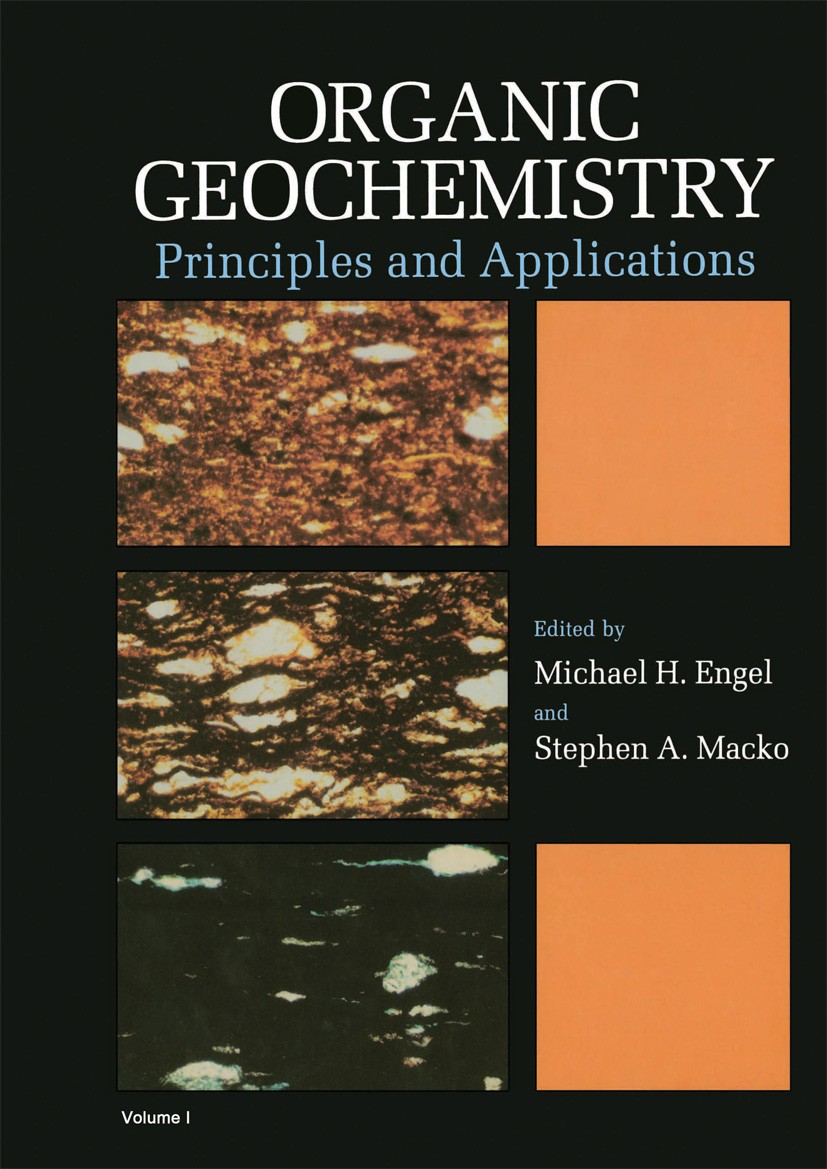Application of biomarker and non-biomarker parameters to assess maturity using the Central Carpathian Paleogene Basin as a case study
IF 2.5
3区 地球科学
Q2 GEOCHEMISTRY & GEOPHYSICS
引用次数: 0
Abstract
This study employs an integrated approach to investigate the thermal maturity of sedimentary rocks within the Central Carpathian Paleogene Basin (CCPB) by combining biomarker and non-biomarker parameters. The research primarily applies biomarker ratios based on the distribution of aliphatic and aromatic hydrocarbons and compares them with other paleotemperature indicators such as Rock-Eval pyrolysis. The results reveal a notable thermal gradient across the CCPB. The highest maturity levels are recorded in the Spiš Basin with calculated vitrinite reflectance values exceeding 2.0 %, and the least mature in the Orava Basin and Šariš Upland. The latter two contain unsaturated compounds, indicating immature organic matter. The variations in the paleotemperature pattern emerge from the changing thickness of overlying rocks in these areas. The findings suggest that the calculated vitrinite reflectance derived from the methylphenanthrene index (MPI1) is the most appropriate method for characterizing the broadest maturity range. When comparing the results of the illite/smectite-derived paleotemperatures with biomarker-derived ones, there is a good agreement in the results of the rocks with a higher degree of maturity. In contrast, at lower maturities, the illite/smectite-derived paleotemperatures appear to be overestimated. This study highlights the limitations of using a single maturity indicator and argues for a comprehensive approach combining different parameters to accurately reconstruct paleotemperatures. These results advance our understanding of the geological evolution of the CCPB and provide valuable information for future hydrocarbon exploration in the region. The CCPB is an excellent testing ground for comparing different maturity parameters.
生物标志物和非生物标志物参数在成熟度评价中的应用——以喀尔巴阡盆地中部为例
采用生物标志物与非生物标志物相结合的综合方法,研究了喀尔巴阡盆地中部古近系沉积岩的热成熟度。研究主要采用基于脂肪烃和芳烃分布的生物标志物比值,并与岩石热解等其他古温度指标进行比较。结果表明,在CCPB上存在显著的热梯度。spspii盆地的镜质组反射率最高,超过2.0%,Orava盆地和Šariš高地的成熟度最低。后两者含有不饱和化合物,表明有机质不成熟。古地温模式的变化与上覆岩层厚度的变化有关。结果表明,由甲基菲指数(MPI1)计算得到的镜质组反射率是表征最广泛成熟度范围的最合适方法。将伊利石/蒙脱石古温标与生物标志物古温标进行对比,发现成熟度较高的岩石古温标具有较好的一致性。相反,在较低成熟度下,伊利石/蒙脱石衍生的古温度似乎被高估了。本文强调了单一成熟度指标的局限性,提出了综合不同参数进行古温度精确重建的方法。这些结果有助于进一步认识该区的地质演化,为该区今后的油气勘探提供有价值的信息。CCPB是比较不同成熟度参数的良好试验场。
本文章由计算机程序翻译,如有差异,请以英文原文为准。
求助全文
约1分钟内获得全文
求助全文
来源期刊

Organic Geochemistry
地学-地球化学与地球物理
CiteScore
5.50
自引率
6.70%
发文量
100
审稿时长
61 days
期刊介绍:
Organic Geochemistry serves as the only dedicated medium for the publication of peer-reviewed research on all phases of geochemistry in which organic compounds play a major role. The Editors welcome contributions covering a wide spectrum of subjects in the geosciences broadly based on organic chemistry (including molecular and isotopic geochemistry), and involving geology, biogeochemistry, environmental geochemistry, chemical oceanography and hydrology.
The scope of the journal includes research involving petroleum (including natural gas), coal, organic matter in the aqueous environment and recent sediments, organic-rich rocks and soils and the role of organics in the geochemical cycling of the elements.
Sedimentological, paleontological and organic petrographic studies will also be considered for publication, provided that they are geochemically oriented. Papers cover the full range of research activities in organic geochemistry, and include comprehensive review articles, technical communications, discussion/reply correspondence and short technical notes. Peer-reviews organised through three Chief Editors and a staff of Associate Editors, are conducted by well known, respected scientists from academia, government and industry. The journal also publishes reviews of books, announcements of important conferences and meetings and other matters of direct interest to the organic geochemical community.
 求助内容:
求助内容: 应助结果提醒方式:
应助结果提醒方式:


